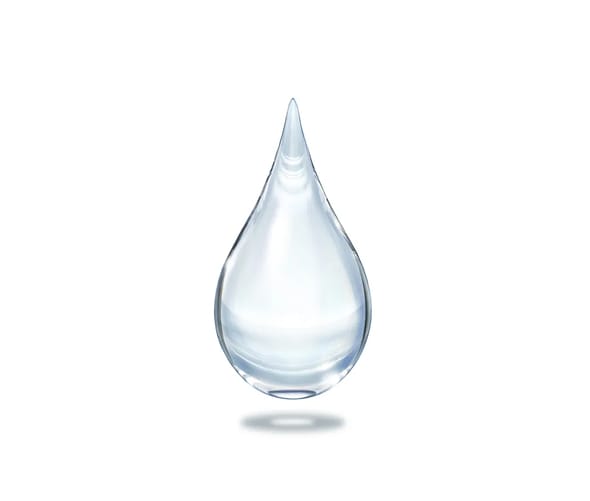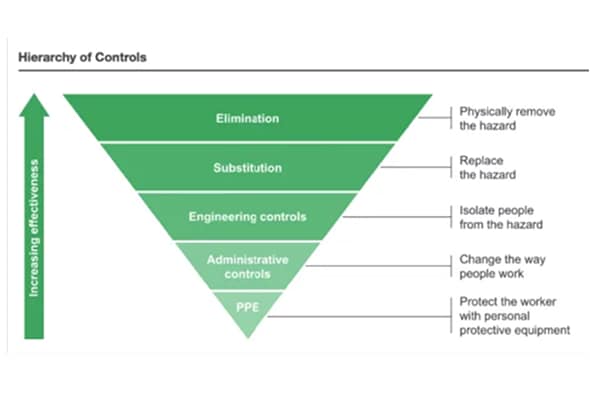環境を尊重


水消費量 54.6%* リサイクル率と
再利用率の合計
廃棄物 97%* 廃棄からの転換率
電力 84%* 再生可能
電力使用率
STは、環境への影響を
削減し、2027年までに
カーボン・ニュートラルを
実現します。
水
水資源管理の最適
化
STは30年以上にわたり、水ストレス評価、保全プログラム、水効率、自然環境へ排水する前の廃水処理など、包括的な管理アプローチを採用しています。
STは30年以上にわたり、水ストレス評価、保全プログラム、水効率、自然環境へ排水する前の廃水処理など、包括的な管理アプローチを採用しています。



廃棄物
廃棄物削減と循環
型経済の促進
STの廃棄物管理に関する戦略は、適切な分類や分別、安全な処理に基づいています。 対象となる廃棄物には、有害物質、金属、包装材、プラスチック、廃液、その他の生分解性を持たない材料が含まれます。 STは、可能な限り焼却や埋め立てではなく、廃棄物の削減、再利用、リサイクル、回収を優先しています。
STの廃棄物管理に関する戦略は、適切な分類や分別、安全な処理に基づいています。
対象となる廃棄物には、有害物質、金属、包装材、プラスチック、廃液、その他の生分解性を持たない材料が含まれます。
STは、可能な限り焼却や埋め立てではなく、廃棄物の削減、再利用、リサイクル、回収を優先しています。



持続可能な開発目標(SDGs)への貢献
国連で採択された持続可能な開発目標(SDGs)では、グローバルな社会課題と環境課題をハイライトし、2030年に向けて、世界の持続可能な開発に関する優先事項や目標が定義されています。多国籍企業であるSTは、SDGsの達成に貢献する責任と果たすべき重要な役割を担っていると考えています。
STでは、17の持続可能な開発目標を、サステナビリティ・プログラムおよび事業戦略の主要テーマとしてマッピングし、サステナビリティ戦略に最も関連する11の目標を特定しました。



